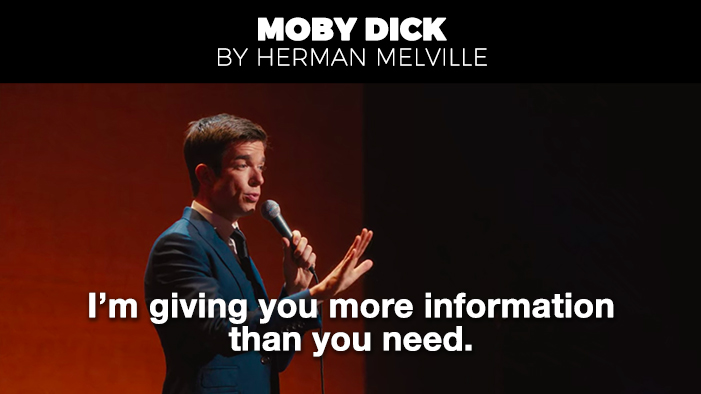“Happy Endings” is a short story structured to contain six varying, interlocked narratives. These narratives, or variations, are introduced by a narrator who addresses readers directly as you and who comments on the craft of storytelling during and after the narratives. This approach is an example of metafiction, or fiction that not only tells a story but considers the process of writing and the nature of story. “Happy Endings” includes multiple uses of expected plot elements: inciting incidents, exposition, rising action, climax, falling action, and resolution. Each story variation deploys some combination of these elements. By analyzing the combinations, readers see that the variations demonstrate claims that the narrator makes about the nature of storytelling and structure.
For example, the narrator claims that the “only authentic ending” for any story is the death of its characters, which may happen during the plot or at some imagined future time. This acknowledgement of mortality reflects human experience, which compelling stories must do. Stories and lives end, and to write as though this is not true is either self-delusion or deception. Indeed, only variation F does not end in this way, and that is because it includes only hints of plot. Every other variation—even for characters whose lives do not end tragically by suicide, murder, or accident—ends in a manner in which, as variation A puts it, “[e]ventually they die.” The narrator slyly suggests that readers in search of a happy ending “try A,” but this is the narrative to which all others return, suggesting that true happy endings do not exist.
The narrator also claims that plot is not what has compelled writers to keep telling stories and readers to keep reading them for centuries. Plot is just a series of events, “a what and a what” followed by more whats, as if a writer were merely recording what happens in a day, a year, a life. Instead, a story’s plot is driven by the “How and Why” of characters’ needs and by what they do to get what they want. Again, the variations demonstrate the narrator’s point. In variation A, when John and Mary fall in love, not one force works against them as they marry and live their lives together. Nothing goes wrong, and nothing unusual occurs. They live a charmed life, which is desirable for real people but boring in a story. More engaging are variations D and E, in which Madge and Fred find love after an inciting incident, when John’s suicide leaves Madge widowed, and then face external conflicts—first the destruction of their home and then a fatal illness—that change them. Even in these brief vignettes, readers are prompted to wonder how Marge and Fred will react, what they will do, and why.
But the most gripping narratives are variations B and C. Both begin in conflict: Mary loves John, who takes advantage of her love; or John loves Mary, who tolerates John while waiting for her real love, James. These old and often-told plots interest readers because characters’ actions must be parsed. Why does Mary, in variation B, accept John’s neglect and abuse for so long? Why is John, who later falls in love and lives a successful life as in variation A, so willing to use Mary, who is clearly suffering? How will the conflict resolve? These whys and hows form the story’s heart, not its events, which are so common as to be trite.
Similarly, in variation C, readers encounter a common plot structure—the love triangle. They know from many stories, on the page and on screen, that this plot often ends in tragedy for at least one character, so it is not much of a surprise when John, who has no right to feel betrayed by Mary when he himself is cheating on his wife, kills Mary and James, the young lovers, and then himself. What is interesting, as the narrator puts it in the closing paragraphs of “Happy Endings,” is that in between the familiar beginning and predictable ending, readers may get a “brawling saga” that makes them ask, “All this just because John is losing his hair?” The thought of becoming “bald as an egg” is why John desperately needs a young woman to have sex with him, and when a younger man is in that woman’s bed, “he can’t stand it.” His despair is relatable because anyone who lives long enough faces the loss of youth—which means becoming painfully aware of the “one authentic ending.” The why makes the story compelling.
“Happy Endings” does not end in falling action and a resolution because it is not a typically structured short story. Instead, it ends in an injunction to would-be writers to grapple with the “stretch in between” beginnings and endings. This is the most challenging part of the story, its “How and Why,” the heart of stories worth readers’ attention.


 payment page
payment page



